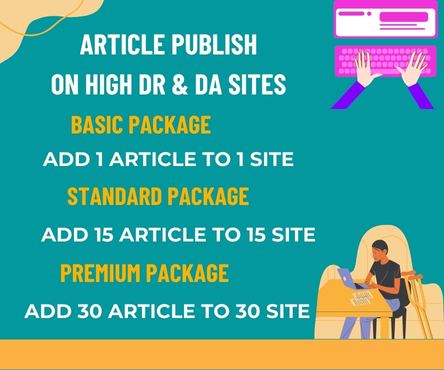The journey of a tracked parcel is a complex process that involves multiple stakeholders, technologies, and logistics. From the moment a package is dispatched from a warehouse or store, it embarks on a journey that can be tracked and monitored in real-time. In this article, we will explore the various stages of a tracked parcel’s journey and the technologies that make it possible. Read more anjani courier tracking
The Dispatch Stage
The journey of a tracked parcel begins at the dispatch stage, where the package is carefully packaged, labeled, and scanned. The package is assigned a unique tracking number, which is used to identify and track the package throughout its journey. The tracking number is usually printed on the package label and is also linked to the customer’s account, allowing them to track the package’s progress online.
In Transit
Once the package is dispatched, it is handed over to a courier or logistics company, which transports it to the nearest sorting facility. At the sorting facility, the package is scanned and sorted with other packages going to the same region. The package is then loaded onto a truck or plane and transported to the next sorting facility or directly to the customer’s doorstep.
Tracking and Monitoring
Throughout its journey, the package is tracked and monitored using a range of technologies, including GPS, barcode scanning, and RFID. These technologies allow the logistics company to track the package’s location, monitor its progress, and anticipate any potential delays. The tracking data is updated in real-time, allowing customers to track the package’s progress online and receive updates on its estimated delivery time.
Delivery
The final stage of the journey is delivery, where the package is handed over to the customer. The package is typically delivered to the customer’s doorstep, where they sign for it to confirm receipt. The delivery process is often facilitated by a delivery driver or courier, who uses a handheld device to scan the package and confirm delivery.
The Benefits of Tracking
The ability to track a parcel provides numerous benefits to customers, including increased transparency, improved security, and enhanced customer experience. By tracking their package, customers can anticipate potential delays, plan for receipt, and take action if the package is lost or damaged. Tracking also allows logistics companies to monitor the package’s progress, identify potential issues, and take proactive steps to prevent delays or loss.
Challenges and Future Directions
Despite the many benefits of tracking, there are still challenges to be addressed. One of the main challenges is ensuring the accuracy and reliability of tracking data, particularly in areas with limited connectivity or infrastructure. Another challenge is integrating tracking data across different logistics companies and systems. To address these challenges, logistics companies are investing in new technologies, such as blockchain and artificial intelligence, to improve the efficiency and accuracy of tracking.
In conclusion, the journey of a tracked parcel is a complex process that involves multiple stakeholders, technologies, and logistics. From dispatch to doorstep, the package is tracked and monitored in real-time, providing customers with increased transparency, improved security, and enhanced customer experience. As logistics companies continue to invest in new technologies, we can expect the tracking process to become even more efficient and accurate, providing customers with an even better experience.
The use of advanced technologies has revolutionized the way parcels are tracked and delivered. With the integration of GPS, RFID, and other technologies, logistics companies can now provide real-time updates on the status of packages. This has not only improved the customer experience but also increased the efficiency of logistics operations.
In addition to the benefits mentioned earlier, tracking also helps logistics companies to optimize their routes and reduce fuel consumption. By analyzing tracking data, logistics companies can identify the most efficient routes and adjust their delivery schedules accordingly. This not only reduces costs but also helps to minimize the environmental impact of logistics operations.
Overall, the journey of a tracked parcel is a remarkable process that showcases the power of technology and logistics. As technology continues to evolve, we can expect the tracking process to become even more sophisticated, providing customers with an even better experience. With the rise of e-commerce, the demand for tracked parcels is likely to increase, and logistics companies will need to continue investing in new technologies to meet this demand.
The future of parcel tracking looks bright, with many exciting developments on the horizon. One area that is likely to see significant growth is the use of artificial intelligence and machine learning in logistics. These technologies have the potential to revolutionize the way parcels are tracked and delivered, enabling logistics companies to provide even more accurate and efficient services.
In the end, the journey of a tracked parcel is a testament to the power of human innovation and technology. By leveraging advanced technologies and logistics, companies can provide customers with a seamless and efficient delivery experience. As we look to the future, it is clear that the tracking process will continue to play a critical role in the world of logistics, enabling companies to provide better services and customers to receive their packages with ease.

